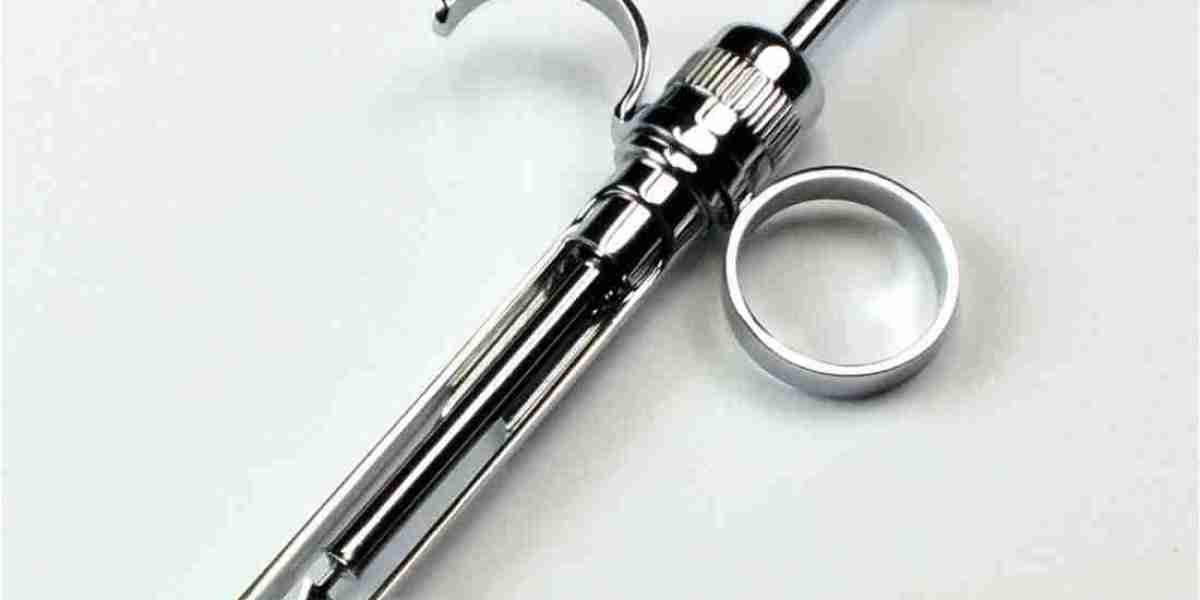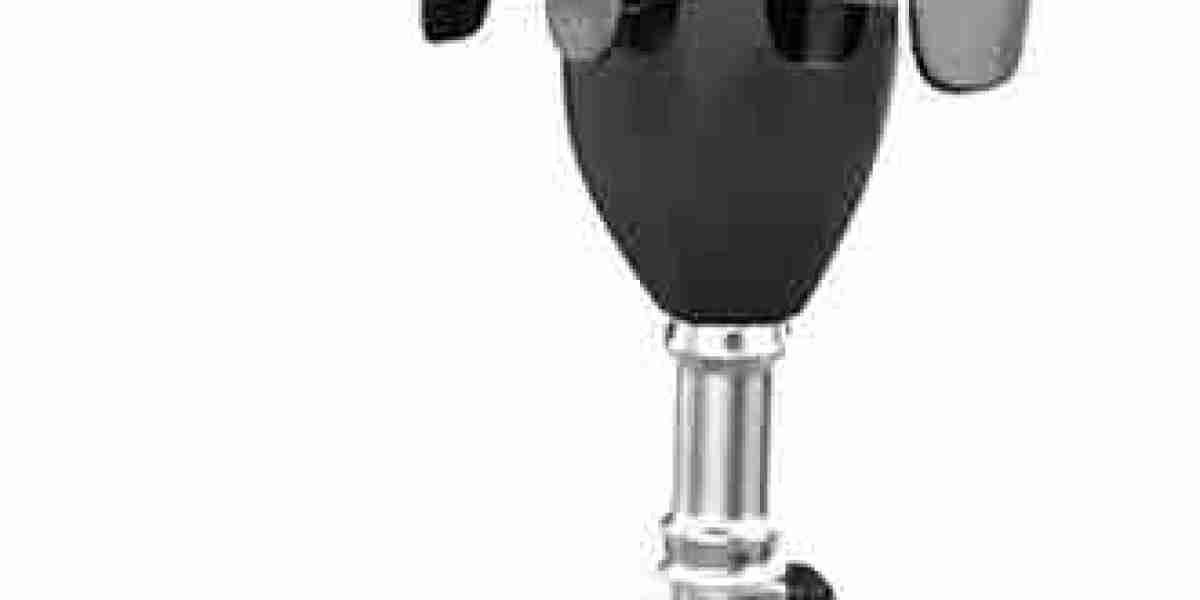In many developing nations, access to sterile medical equipment has historically been limited by cost constraints and supply chain inefficiencies. Recognizing the critical role of safe injection practices in preventing disease transmission, governments are now actively investing in subsidized procurement and distribution of disposable syringes. As a result, the Single-Use Syringe Market is seeing robust growth across Asia, Africa, Latin America, and parts of Eastern Europe. This increased market penetration is not only improving public health outcomes but also reshaping medical procurement and manufacturing trends in low- and middle-income countries.
Government-Backed Procurement Programs
Across the developing world, ministries of health are integrating syringe supply into national healthcare initiatives. These efforts often fall under broader programs targeting immunization, maternal and child health, or chronic disease management. Subsidies allow public hospitals and rural clinics to access large volumes of single-use syringes at significantly reduced prices, or even free of cost.
For instance:
India’s Universal Immunization Programme (UIP) has made auto-disable syringes mandatory, with full funding from the central government.
Kenya’s Ministry of Health distributes free disposable syringes through its community outreach campaigns.
Brazil’s SUS (Unified Health System) includes single-use syringes as part of its publicly funded treatment kits for diabetes and hypertension.
These models ensure consistent syringe availability, improve injection safety, and provide a stable, recurring demand that sustains local suppliers.
International Aid and Multilateral Support
Many developing nations rely on support from international agencies to bolster their syringe supply. Programs such as Gavi’s Health System Strengthening (HSS), UNICEF’s vaccine delivery frameworks, and the Global Fund’s medical procurement systems often include disposable syringes as part of broader intervention kits.
Through these channels, countries benefit from:
Bulk pricing through pooled procurement
Technical assistance on safe injection protocols
Training for frontline workers in the use and disposal of syringes
These initiatives serve as catalysts for widespread adoption, especially in areas where healthcare budgets are strained.
Boosting Local Manufacturing Capacity
Subsidy-driven demand has encouraged many governments to foster domestic syringe production. Incentives such as tax relief, subsidized land, and import duty waivers on raw materials are offered to manufacturers that establish production units locally.
For example:
Nigeria’s National Primary Health Care Development Agency (NPHCDA) is supporting syringe production under its “Made in Nigeria” health products initiative.
Bangladesh’s Directorate General of Drug Administration (DGDA) has streamlined regulatory approval for local syringe plants to meet rising domestic demand.
This shift not only reduces dependency on imports but also generates employment and strengthens national health resilience.
Expanding Public Health Campaigns
Government subsidies are also empowering large-scale public health drives. From national deworming days to hepatitis control programs and family planning campaigns, disposable syringes are now widely used for mass drug administration (MDA).
Such campaigns are characterized by:
Rapid deployment in rural and urban settings
Distribution through mobile health units
Use by trained community health workers
Single-use syringes enable these operations by ensuring that injections are sterile, fast, and disposable—eliminating the logistical burdens of sterilization and reuse prevention.
Affordability and Equity in Care Delivery
The provision of subsidized syringes is also a powerful tool for health equity. By removing cost barriers, governments can ensure that underserved populations—especially those in remote or economically disadvantaged areas—receive safe, standardized care.
In many regions, patients previously had to purchase their own syringes from pharmacies. With subsidies in place, the burden of out-of-pocket expenses is removed, improving access to treatment for chronic diseases, vaccinations, and minor procedures.
This affordability factor is driving higher patient compliance, especially in long-term therapies requiring regular injections such as insulin administration or hormone therapies.
Positive Spillover into Private Healthcare
As public subsidy programs normalize the use of single-use syringes, private healthcare facilities in developing countries are also shifting toward these safer standards. Clinics, diagnostic centers, and pharmacies are increasingly stocking disposable syringes, responding to patient expectations and aligning with new regulatory norms.
Additionally, subsidized pricing often sets a market benchmark, making disposable syringes more competitively priced and widely available, even outside government channels.
Training and Disposal Infrastructure Improvements
To complement syringe distribution, many governments are investing in training and waste management. Programs include:
Workshops for nurses and midwives on safe injection techniques
Community campaigns on the dangers of reuse
Distribution of sharps disposal containers to rural facilities
In countries such as Uganda and Nepal, waste segregation and incineration units are being introduced at the district hospital level, reducing the risks of needle-stick injuries and environmental contamination.
These parallel investments help ensure that the increased use of single-use syringes does not result in unmanaged waste or safety lapses.
Impact on Health Outcomes
Early studies and pilot evaluations have shown that wider availability of disposable syringes correlates with improved injection safety and lower incidence of healthcare-associated infections. In Bangladesh, hepatitis B transmission rates among newborns declined following the introduction of subsidized auto-disable syringes in maternity wards.
In sub-Saharan Africa, several nations have documented reduced outbreaks of injection-related HIV transmission since switching from reusable to subsidized single-use options in their national programs.
Such data reinforces the value of these subsidies, prompting additional funding and expansion of syringe distribution efforts.
Conclusion
Government subsidies are playing a pivotal role in expanding the Single-Use Syringe Market across developing nations. By making sterile injection tools more affordable and accessible, these initiatives are transforming public health delivery, stimulating local industry, and safeguarding patients. In the next article, we will examine how growing home healthcare and self-medication trends are influencing syringe adoption and design innovation.




